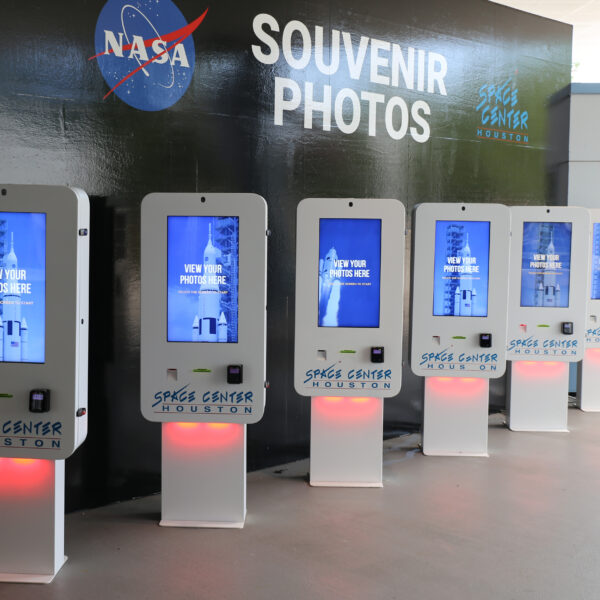
Kiosks
Close
Kiosk Industries


Kiosks aren’t typically associated with being dangerous, but as a large enclosure filled with heavy equipment, it can be a risk if it were to fall over. An important part of any kiosk supplier’s mission is to not only produce a quality product, but to ensure it’s safe for the user.
Reviewing a kiosk’s stability is a typical phase in the manufacturing process. Learn more about the process below.
First and foremost, kiosks are closely assessed for stability throughout the prototype process, ensuring they are stable and don’t present a safety hazard.
In addition to testing stability, this phase of development also presents an opportunity to consider all potential risks like sharp edges and corners, pinching hazards, and electrical grounding points.
Outdoor kiosks require a different engineering approach due to unique environmental factors such as strong winds, plows that push snow up against a kiosk, vandalism, and heavy leaning or pushing. Because outdoor kiosks are subject to more extreme abuse, bolting them to the ground is the best option to ensure stability in most cases.
Whether it’s an indoor or outdoor kiosk, a client may choose to have their kiosk tested by a testing and certification organization, like Underwriter Laboratories (UL), to guarantee safety.
This testing adds cost and time to a production schedule, but certifies a kiosk design is safe. UL testing ensures kiosk stability under appropriate operating conditions. The process consists of two types of tests:
Force Test
A force test attempts to push the kiosk over using a calculated percentage of its total weight. Sometimes called the “sandbag test,” this involves swinging a bag from a rope to impact the kiosk at various points, measuring its stability.
Tilt Test
A tilt test places a kiosk on a 10 percent incline. To pass, the kiosk must remain upright and fully stable.
If the testing deems a kiosk is unstable, it may require a redesign. In most cases, this could be as simple as increasing the dimensions of the kiosk’s base plate. When options are limited, bolting the kiosk to the floor is also a solution. The kiosk uses tempered bolts that are screwed into expandable threaded inserts in the floor substrate, which is often concrete.
Kiosk manufacturers have a lot of experience designing kiosks to be safe, so paying for additional testing is often unnecessary. But, if a kiosk has a unique shape or will be in an unsteady or busy environment, clients might opt to go the extra step and invest in third-party testing.
Kiosk stability is more than just a manufacturing standard – it’s a commitment to safety. Whether through careful design or additional certifications, the goal remains the same: a secure and dependable user experience.